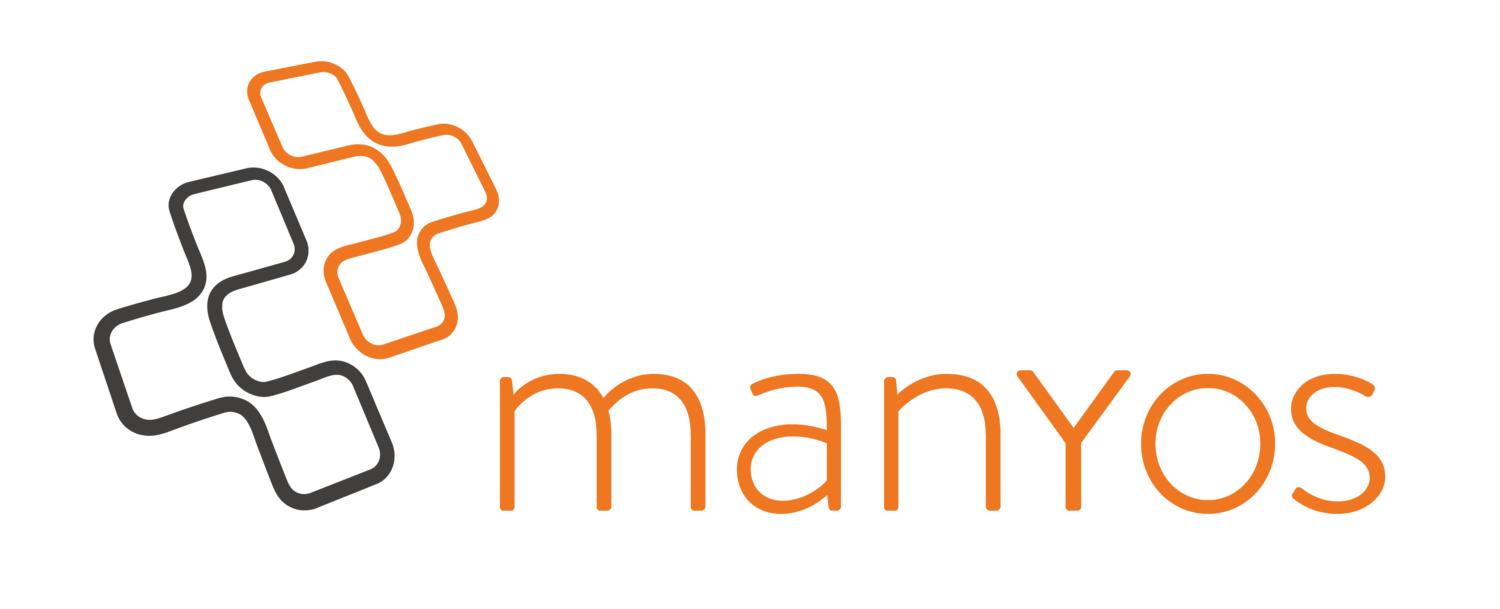The Problem
Often, a remote procedure call (RPC) was used to design APIs, ensuring that, it seemed and felt as if the code was executed locally. In this way, APIs worked like functions. On the flipside, their transition to the Web became complex. The connection-less nature of HTTP compelled and forced developers to formulate an appropriate strategy.
Some technology stacks proposed a solution in which an RPC-like stack attempted to conceal the contents. While this trick did increase the speed for transferring applications to the Web, it posed another issue. Developers began engaging in inefficient code practices, resulting in low-quality code. Around this time, the idea of REST was floated via a paper.
How did REST solve the Problem?
Instead of relying on complex protocols such as SOAP, RPC, COM+, and CORBA, REST adopted a far simpler route; it used HTTP calls to communicate on an inter-machine level. REST made these calls message-based, where the HTTP protocol was needed to unlock the contents of these messages. Hence, REST is a simple, uncluttered architectural style that uses the request/response mechanism on the top of the HTTP protocol.
Anatomy of a Request
Requests consist of a body and a message. It tells the server to execute a task. A response is similar, except for the addition of another field: status code. A request in REST consists of the following four key components.
1. The Endpoint
Also known as the route, the endpoint is the requested URL. The format of an endpoint is as follows:
root-endpoint/?
The API’s starting point that is being requested is called the root-endpoint. For example, Twitter’s root-endpoint is https://api.twitter.com. The path searches for the requested resource.
2. Method
The method entails a request type that is sent to the server by the client. There are five request types - each of them is similar to the CRUD functionality.
· GET – It is used to fetch a resource from a server. It is similar to the READ operation.
· POST – It produces a new resource on a server. It is similar to the CREATE operation.
· PUT and PATCH – They update resources on a server. They are similar to the UPDATE operation.
· DELETE – Removes a resource from a server. It is similar to the DELETE operation.
3. Headers
Headers are a communication medium through which both server and client exchange information. Headers are useful for a variety of applications such as representing the information in the body content or being used for authentication. HTTP headers follow a property-value format wherein a colon separates them. In the following example, a header informs a server that it contains JSON content.
"Content-Type: application/json"
4. The Data
Also known as the message or body, data stores information that the client sends to the server. Except for the GET request, all other requests can send data. For example, if you use the command line utility cURL, you can send data with the following format where p1 and v1 represent the first property and first value respectively.
curl -X POST <URL> --data p1=v1
Why REST is used?
· REST offers scalability. Since there is separation of concerns between the server and client; developers can easily scale up different modules of the application. They can perform server migrations and modify the data – the only prerequisite is that each request sends data correctly. Because of this separation, developers can easily create both their front-end and back-end on different technologies.
· Since the client and server are separated, REST ensures that the UI is uncoupled from the data storage and server. In development, this can be quite handy. For instance, it enhances the interface’s portability with other platforms. Similarly, it also facilitates a project’s scalability.
· The detachment between server and client makes REST independent. You can use it with any language or platform. Thus, REST can adapt to any platform or syntax. You can use it with Node.js, Python, Java, PHP, C#, and other servers. However, you cannot change the language of the responses which is usually XML or JSON.
What makes REST so popular?
REST succeeds because it does not attempt to bind your API to the client-side technology. REST API can be accessible from various client-side technologies like an IoT device, an iOS/Android app, or a React/Angular front-end Web project. This is why it is widely used by companies without concerns over dependence on a specific client-side technology stack.
Additionally, bear in mind, that REST API ensures that the server is stateless and supports caching. Caching is necessary because if several requests are requested for the same resource, caching the request’s result means that the server’s scalability must increase.
On the other hand, statelessness ensures that any call that is made to the API is not tied with a specific server. In this way, developers can easily construct a scalable server infrastructure. The stateless server nature ensures that all the server calls are required to add complete data for executing requests.
manyos technology
If you need help regarding REST APIs for BMC Remedy, you can contact manyos. The company maintains strong reputation with regards to their knowledge and their development efforts over REST APIs, particularly how they integrated ticketing systems with their state-of-the-art APIs. You can look into their ITSM API which is used to link enterprise-level software BMC Remedy, SmartIT, and MyIT. Just recently, they added another feather to their cap with the release of a new product: SMILEconnect. SMILEconnect ensures that users do not have to engage in complex and time consuming customizations and can easily generate their integrations and interfaces.













